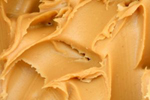 For parents of food allergic children, especially those who could have an anaphylactic reaction, it is very scary to think about where the food allergen may be lurking. Even if parents are able to control what their child eats, they still have to worry about what other kids have on their hands, and what is left on desks, cafeteria tables, drinking fountains and playgrounds. I have wondered how much of the allergen is really left in these places — how dangerous is it? As long as everyone uses wipes, is it okay?
For parents of food allergic children, especially those who could have an anaphylactic reaction, it is very scary to think about where the food allergen may be lurking. Even if parents are able to control what their child eats, they still have to worry about what other kids have on their hands, and what is left on desks, cafeteria tables, drinking fountains and playgrounds. I have wondered how much of the allergen is really left in these places — how dangerous is it? As long as everyone uses wipes, is it okay?
One 2004 study shed some light on these questions. The purpose of the study was “to detect peanut allergen under various environmental conditions and examine the effectiveness of cleaning agents for allergen removal.” Here’s what they did:
- They smeared peanut butter on tables and then used different cleaning methods and tested the peanut allergen remaining. The cleaning methods used were plain water, dishwashing liquid, Formula 409 cleaner, Lysol sanitizing wipes, and Target brand cleaner with bleach.
- They randomly tested other surfaces in schools, such as desktops, water fountains and food preparation areas for peanut allergen.
- They applied peanut butter to people’s hands and used different cleaning methods to see how much of the allergen remained. The cleaning methods used were plain water, antibacterial hand sanitizer, Tidy Tykes wipes, Wet Ones antibacterial wipes, liquid soap and bar soap.
- They had people wear personal air monitors to detect airborne peanut allergen during different simulations — people eating peanut butter sandwiches (school setting), people shelling and eating roasted peanuts and walking on the shells (a sporting event), opening and eating a little bag of unshelled peanuts (an airline flight).
Here were the results:
- Tables: All cleaning methods except the dishwashing liquid removed the peanut allergen. After cleaning with the dishwashing liquid, 4 of 12 tables still had peanut allergen of varying quantities on them.
- Other school surfaces: peanut allergen was found on 1 out of 13 drinking fountains, none of the 36 eating or food preparation areas, and none of the 22 desks sampled. Note that the schools had either peanut-free tables or food prep areas, or were entirely peanut-free.
- Hands: All cleaning methods except plain water and antibacterial hand sanitizer removed the peanut allergen. Water left residual peanut allergen in high concentrations on 3 of 12 hands. Antibacterial hand sanitizer left residual peanut allergen in high concentrations on 6 of 12 hands.
- Air: There was no detectable peanut allergen in any of the airborne simulations, leading the researchers to question whether there is a different peanut protein that becomes airborne, not the one that they tested for.
The researchers concluded overall that “there is a relatively low risk of exposure to significant concentrations of [peanut allergen] when table surfaces and hands are cleaned with common household cleaning agents and that school cafeteria tables and desks are not likely to be a source of significant exposure for most peanut allergic patients.”
Does that make parents feel better about the possibility of exposure to peanut allergen while at school? I’m not sure. On one hand, it’s great to know that normal cleaning of tables and hands pretty much takes care of things. On the other hand, parents of allergic children can’t be sure that other parents and school staff are cleaning tables properly and wiping kids’ hands after they eat.
Still, I think I feel better overall, knowing that peanut allergen, or any other allergen, isn’t some super-entity that can only be removed with special powers — thank goodness for wipes! (But stay away from the drinking fountain?)

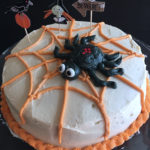
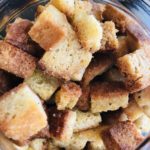
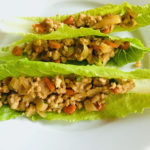

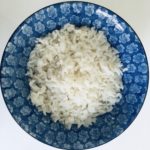

Leave a Reply